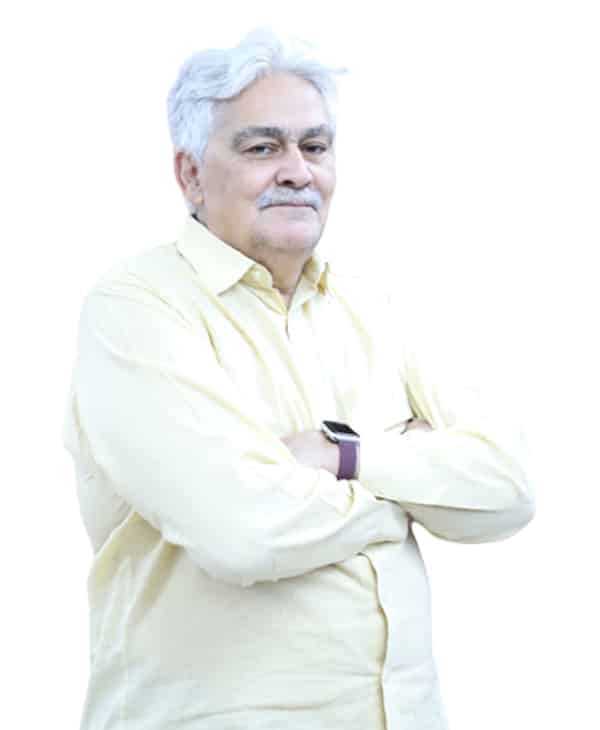THE PAKISTAN DEVELOPMENT REVIEW
Determination of Credit Programme Participation and Socioeconomic Characteristics of Beneficiaries: Evidence from Sargodha
International literature asserts that “micro-finance” began alleviating poverty several decades ago when organisation in Latin America, Bangladesh, and other developing nations started testing the notions of lending small amounts to impoverished people (mostly women). Professor Mohammad Younis1 of Bangladesh and his Grameen Bank brought it on to the world stage and showed how effectively it could be used to change lives. Giving loans of as little as five dollars, Grameen brought millions in to the micro credit net and in doing so lifted people, particularly the rural poor, out of abject poverty [Ayesha (2007)]. By 1980, the success of such institutions prompted many NGO’s and International Organisations to provide micro-finance services.
Sofia Anwer, Aqsa Tabassam Bukhari, Syeda Rizwana Shah, Amara Amjad Hashmi
Recent Articles
© 2024 Pakistan Institute of Development Economics



